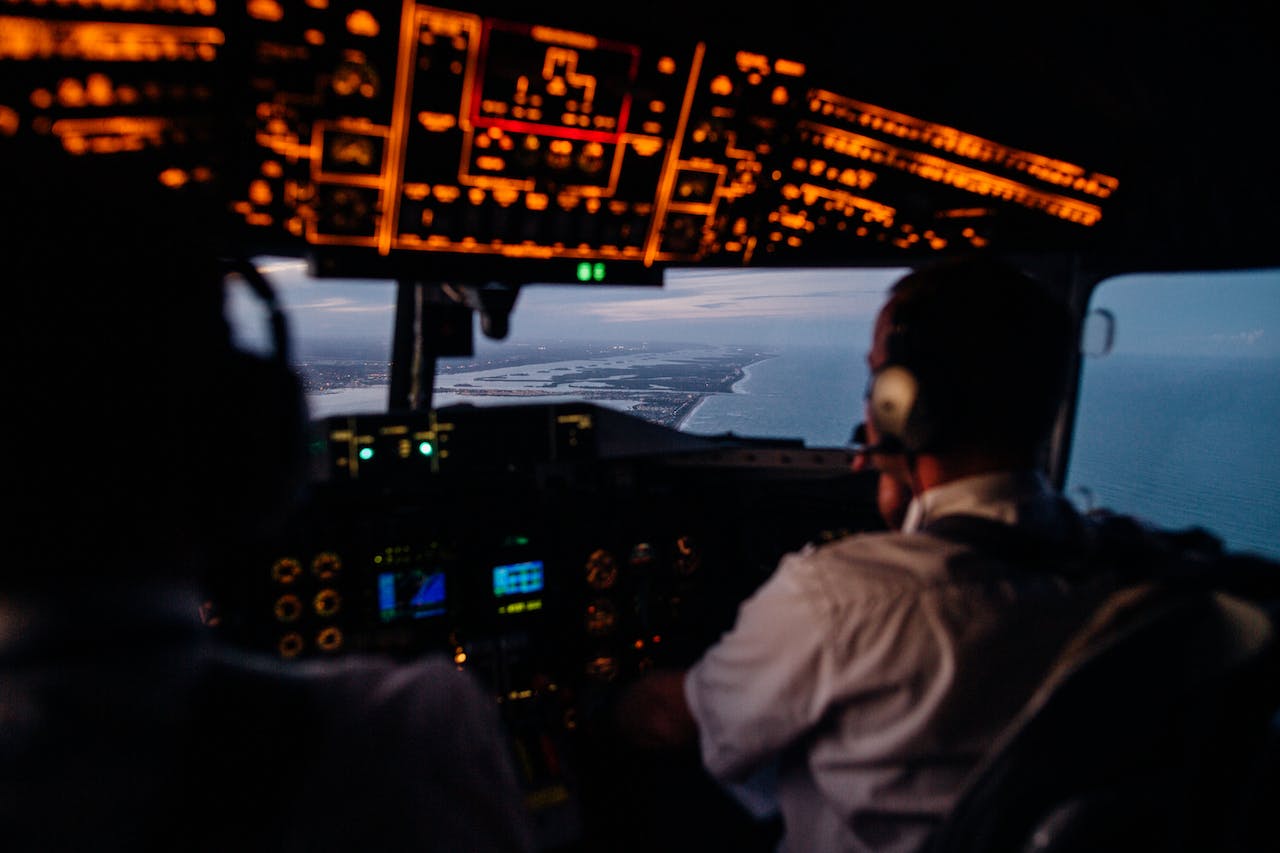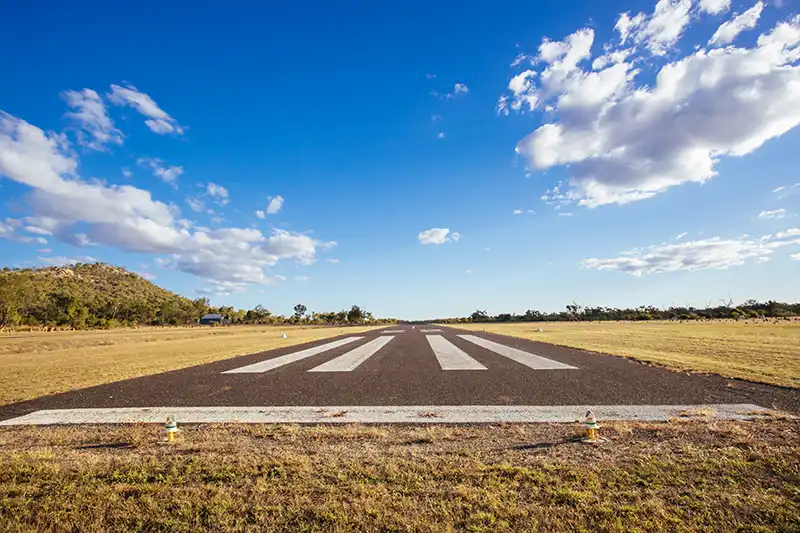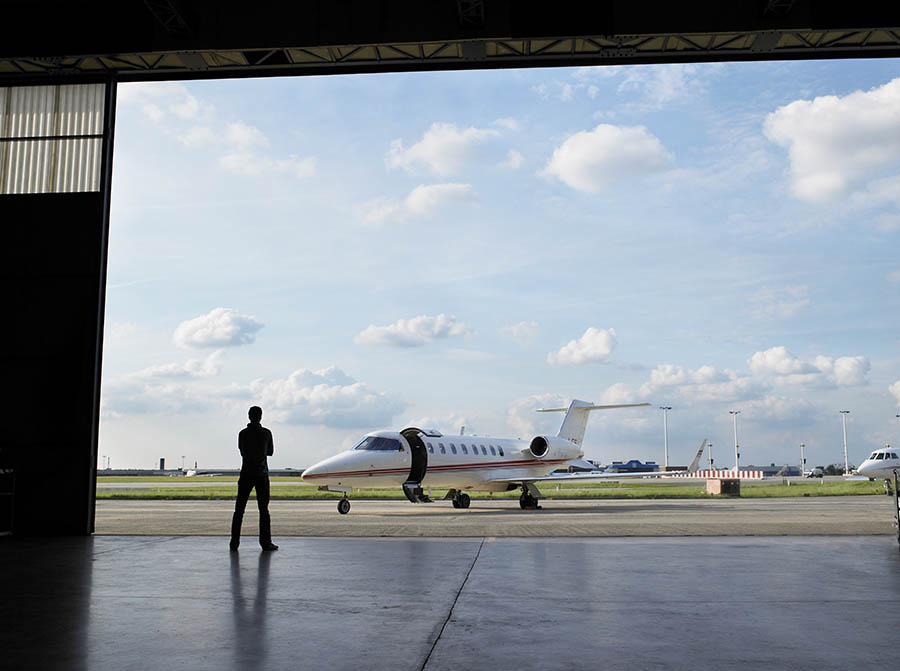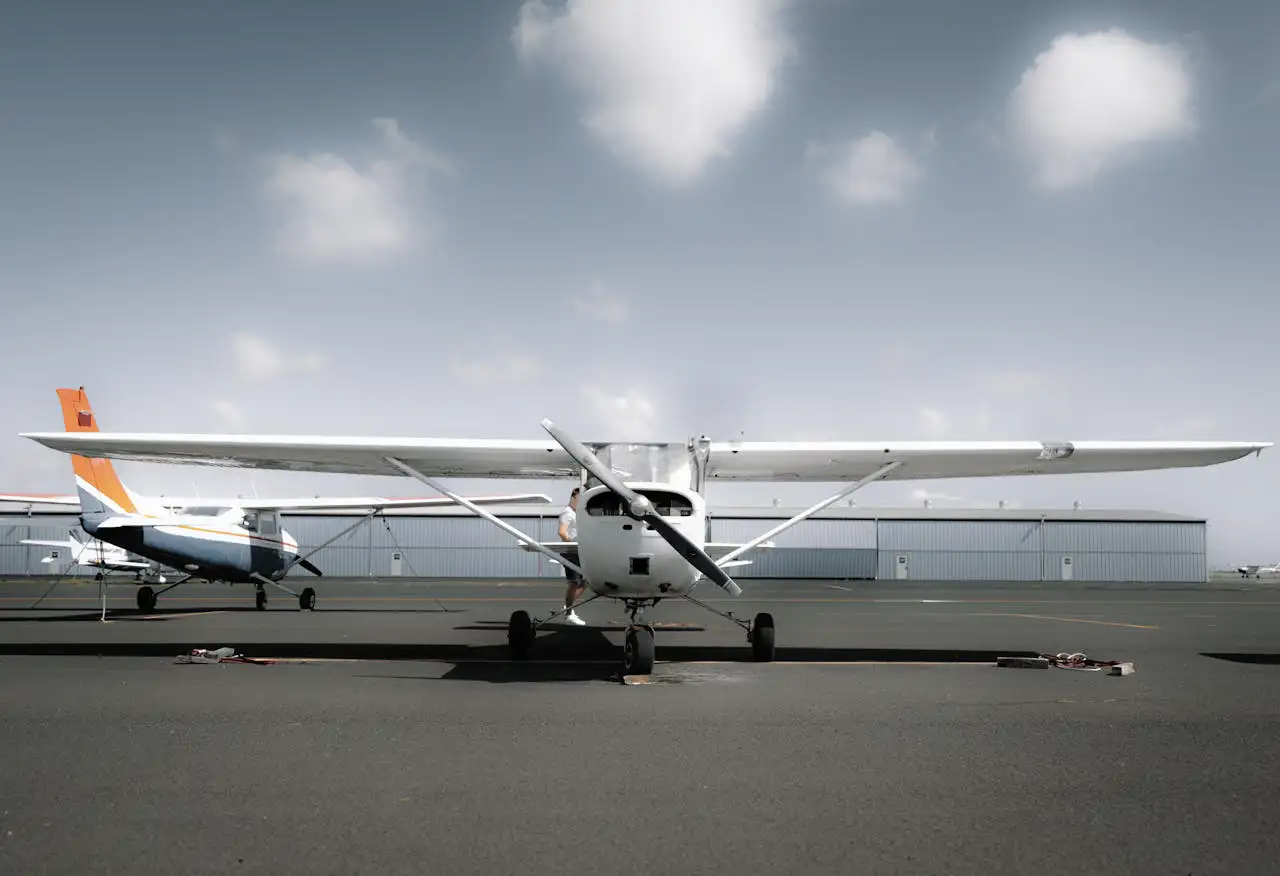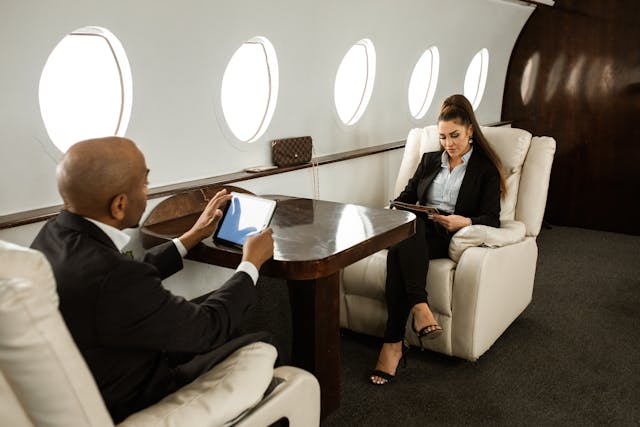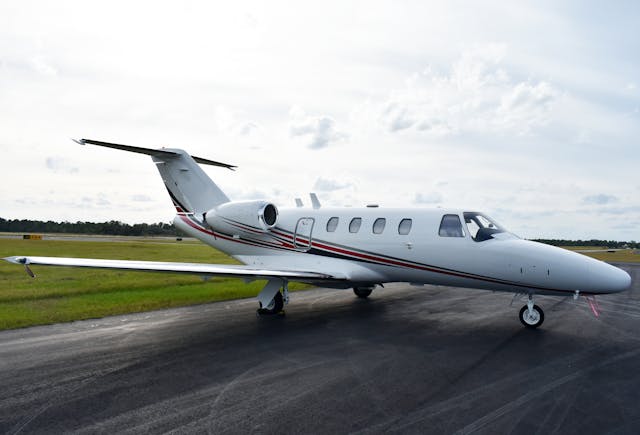In the vast and dynamic realm of aviation technology, security concerns have always been paramount. Among the myriad threats faced by the aviation industry, one that has garnered increasing attention in recent years is spoofing. This sophisticated form of cyber attack poses significant risks to aviation safety, navigation systems, and overall operational integrity. In this article, we delve into the intricacies of spoofing in aviation, exploring its mechanisms, potential consequences, and the measures being taken to mitigate this ever-evolving threat.
Unraveling Spoofing: A Technical Overview
Spoofing, in the context of aviation, refers to the deliberate manipulation of signals or data to deceive aircraft navigation systems. Unlike traditional hacking methods that aim to gain unauthorized access or disrupt operations, spoofing involves the creation of false signals that mimic legitimate navigation data. These false signals can lead aircraft systems to misinterpret their actual position, speed, or heading, potentially resulting in dangerous consequences.
The primary target of spoofing attacks in aviation is the Global Navigation Satellite System (GNSS), which includes the widely used Global Positioning System (GPS). GNSS relies on a network of satellites to provide accurate positioning and timing information to aircraft, vehicles, and various other users worldwide. By spoofing GNSS signals, malicious actors can trick aircraft into following incorrect flight paths or even cause them to lose navigation altogether.
Potential Impacts of Spoofing in Aviation
The implications of spoofing attacks in aviation are multifaceted and far-reaching, posing significant risks to both safety and operational efficiency. Here are some of the potential impacts:
- Navigational Disruption: The most immediate consequence of spoofing is the disruption of aircraft navigation systems. By feeding false location data to onboard GPS receivers, spoofers can lead aircraft off course or into restricted airspace, endangering both passengers and other airspace users.
- Collision Risk: Misleading aircraft about their position or altitude increases the risk of mid-air collisions, particularly in busy airspace where precise navigation is crucial for maintaining safe separation between aircraft.
- Airport Operations: Spoofing attacks can also disrupt airport operations by interfering with ground-based navigation aids such as Instrument Landing Systems (ILS) or Distance Measuring Equipment (DME), which are essential for safe takeoffs and landings.
- Cybersecurity Vulnerabilities: Beyond immediate safety concerns, spoofing exposes aviation systems to broader cybersecurity vulnerabilities. A successful spoofing attack could compromise critical infrastructure, compromise sensitive data, or even facilitate more extensive cyber intrusions.
- Economic Impact: The economic ramifications of spoofing in aviation are significant, ranging from costly flight delays and diversions to potential damage to aircraft and infrastructure. Moreover, the erosion of passenger confidence in air travel due to security concerns could have long-term repercussions for the industry as a whole.
Mitigating the Threat: Strategies and Technologies
Given the severity of the risks posed by spoofing, aviation stakeholders are actively engaged in developing strategies and technologies to mitigate this threat. Here are some key approaches:
- Signal Authentication: Implementing measures to authenticate GNSS signals can help detect and mitigate spoofing attacks. Techniques such as encrypted signals, signal authentication codes, and multi-frequency receivers enhance the resilience of navigation systems against spoofing.
- Multi-Sensor Fusion: Integrating data from multiple navigation sensors, including GNSS, inertial navigation systems (INS), and radar, enables aircraft to cross-reference and verify their position independently. This redundancy enhances resilience against spoofing and other forms of navigation errors.
- Jamming Detection: In addition to spoofing, jamming—intentional interference with GNSS signals—poses a significant threat to aviation. Deploying jamming detection systems onboard aircraft and at critical infrastructure sites helps identify and mitigate interference, thereby safeguarding navigation integrity.
- Regulatory Measures: Governments and regulatory authorities play a vital role in addressing the threat of spoofing through the implementation of robust cybersecurity regulations and standards. Mandating the adoption of secure navigation technologies and conducting regular security audits can enhance the resilience of aviation systems against spoofing attacks.
- Cybersecurity Training: Building cybersecurity awareness and fostering a culture of vigilance among aviation personnel are essential aspects of combating spoofing and other cyber threats. Training programs for pilots, air traffic controllers, maintenance technicians, and other stakeholders can help identify and respond effectively to suspicious activities or anomalies.
Looking Ahead: The Future of Aviation Security
As technology continues to advance and aviation becomes increasingly reliant on digital systems, the threat landscape facing the industry will continue to evolve. Addressing the challenges posed by spoofing requires a multi-faceted approach that encompasses technological innovation, regulatory oversight, and collaborative efforts among industry stakeholders.
By staying vigilant, investing in robust security measures, and fostering a culture of cybersecurity awareness, the aviation industry can mitigate the risks of spoofing and ensure the continued safety and integrity of global air transportation systems. As we navigate the skies of tomorrow, safeguarding against emerging threats will remain a top priority, guiding us toward a safer and more resilient aviation future.

